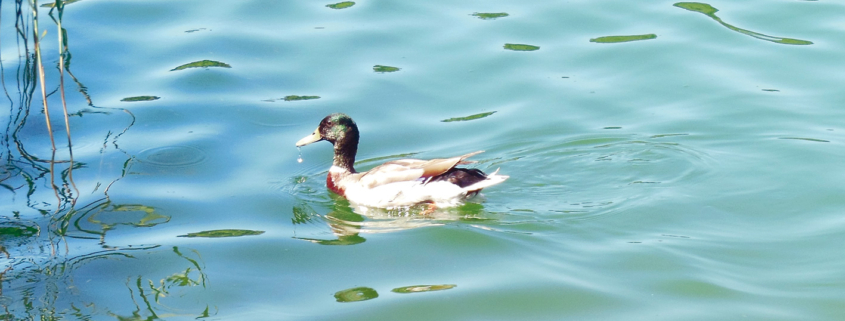Visit Lake Avernus – LAGO D’AVERNO
THE PHLEGRAEAN LAKES
Campi Flegrei literally means “Burning Fields”, an ancient name given to the area that today includes the towns of Pozzuoli, Bacoli, Baia, Monte di Procida and Quarto, situated just a few kilometres distance from central Naples, Italy.
Throughout this fascinating territory the force of nature combines the beauty of its sea and lakes, to the mysterious charm of this volcanic land.
The Phlegraean zone is full of valuable and intricate evidence regarding past Greek and Roman traditions.
The lakes of “Miseno”, “Averno”, “Fusaro”, “Lucrino” and “Patria” still characterize today the Phlegraean-Domitian coastline parting from the West of Naples and reaching the “Volturno” river’s mouth.
The use of the Phlegraean lakes in Roman times as reservoirs was quite common, cultivating mussels and fish produce.
The exploitation of the precious environmental resources gave life to sumptuous banquets that were held regularly in luxurious and elegant villas present throughout the area.

LAGO D’AVERNO – Lake Avernus took its name four-thousand years ago from a dark and deep chasm which, according to past Greek and Roman myths had access to the so-called “Underworld”, mysteriously connected to verses written by the famous poet Virgilio – “Ingresso agli Inferi e Omero”. His poetry in the sixth book relates to this lake as an entrance to the mystical world through a deep rocky cave (Sibilla) protected by a black lake surrounded by looming woods over which no bird could fly as the deadly fumes rose to the sky. The term Avernus actually derives from the Greek Aornon – “luogo senza uccelli” literally “place without birds” as carbon dioxide fumes and sulphurous gases were thought to have excluded any form of animal wildlife.
Don’t miss the Tempio di Apollo, situated on the Western shore of the lake – a semi-circular ruin dating from the Roman era. Commonly known as a Temple dedicated to the cult of Apollo, Historians believe that these ruins are actually the remains of a thermal spa. The diameter of the dome reaches 38 metres making it one of the most impressive thermal complexes deriving from the imperial ages.
Nature-lovers who visit this lake may be lucky enough to meet a settled community of coots, ducks, waterfowl, freshwater species and turtles which have been released into the lake, as well as snakes, frogs and freshwater shrimps.
Today, Lago d’Averno proves to be a perfect destination not only for environmentalists but also for families with their dogs, for School trips, Workshops, Agriturismo restaurants with 0 km. fresh fruit & vegetables, Yoga, Bike-riding, Hiking and jogging – suitable for all ages!

Buon Viaggio!
My Country magazine – November 2020 (page 14)










